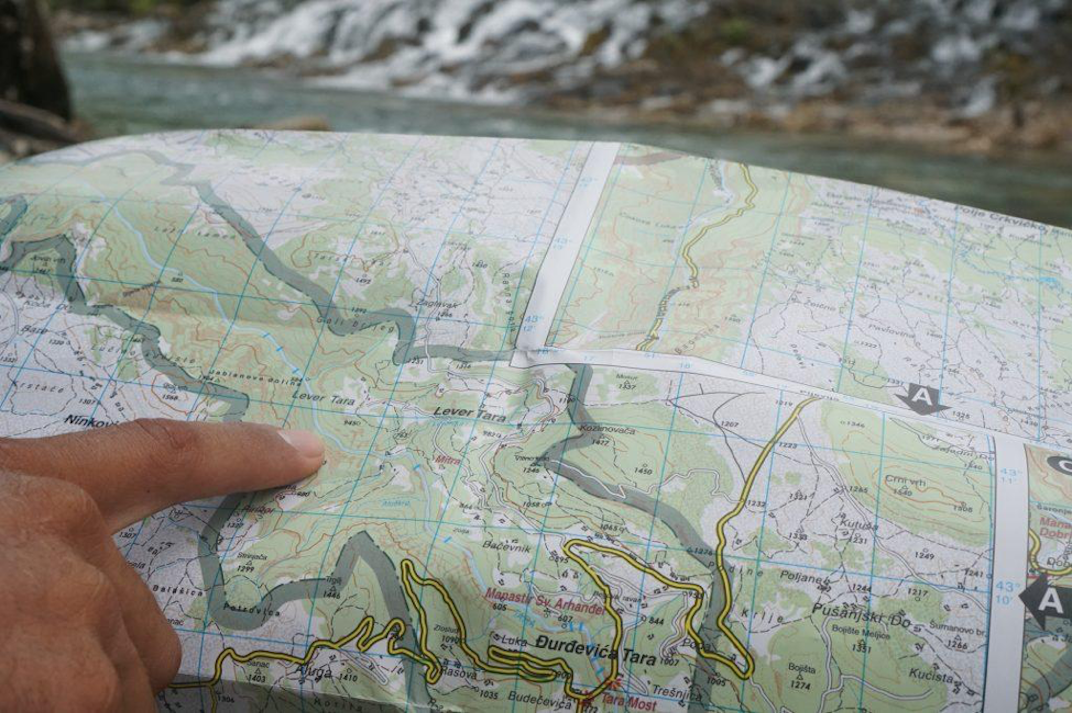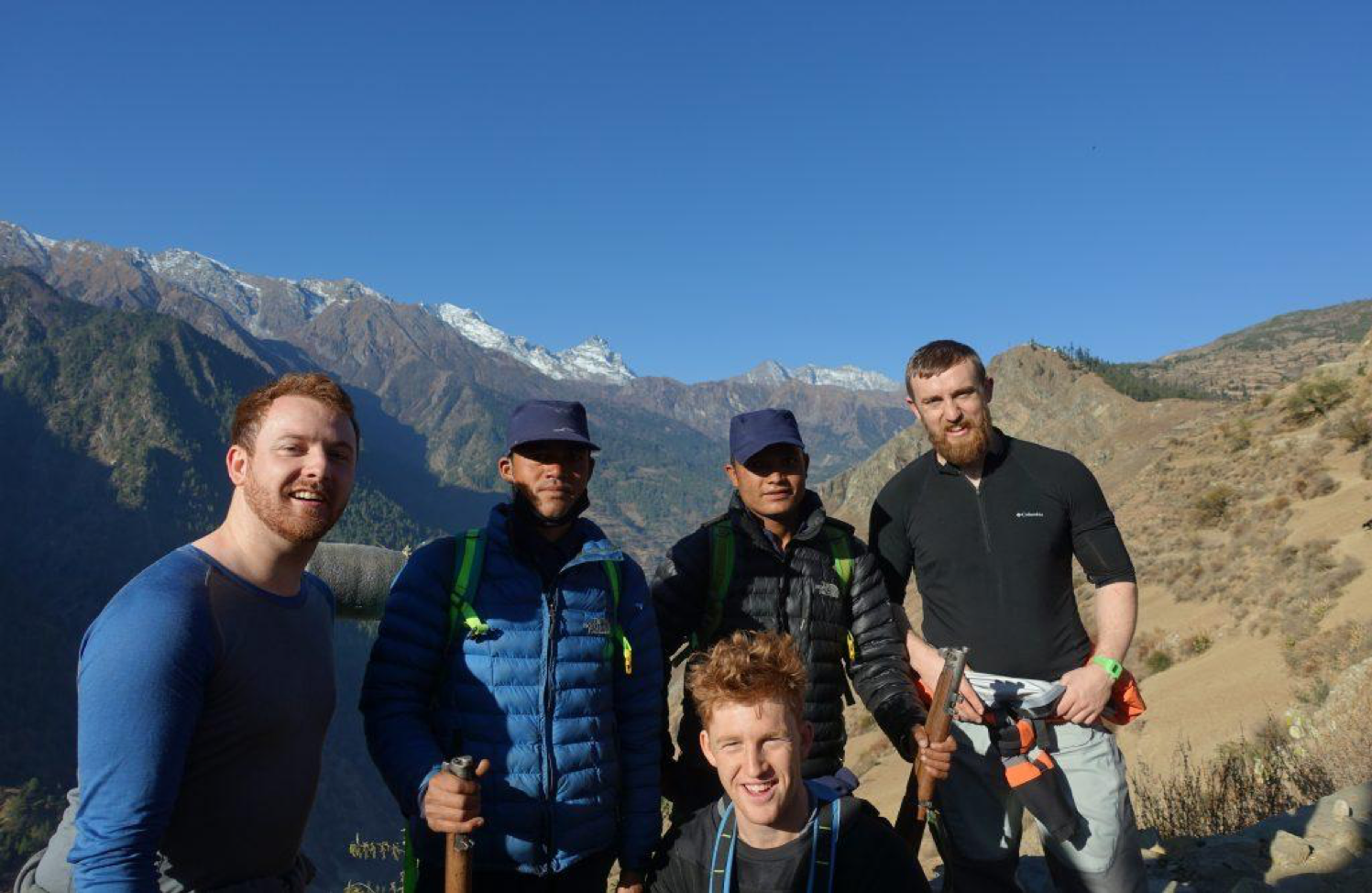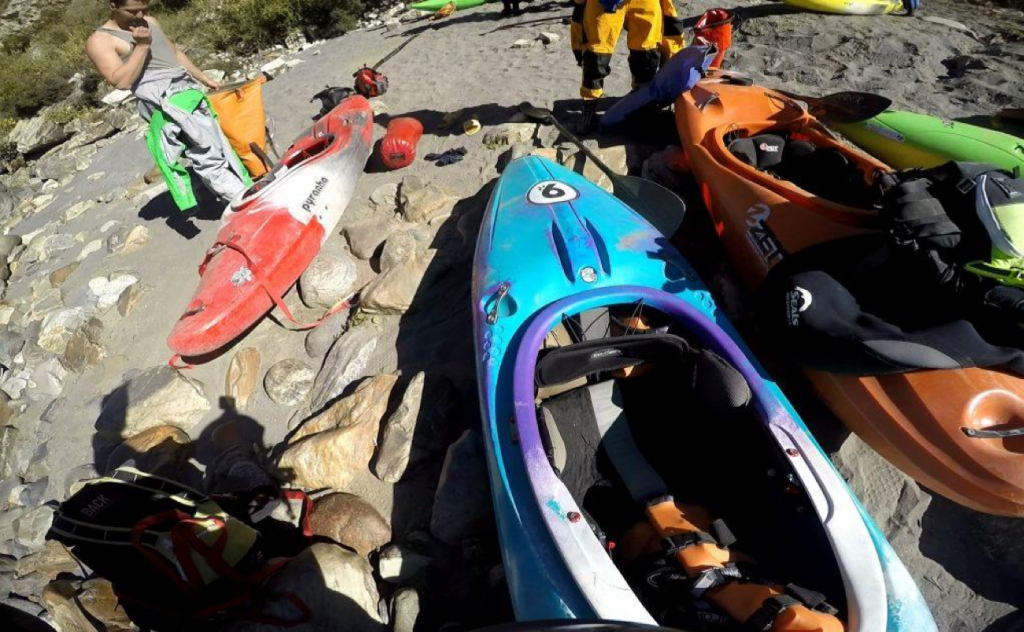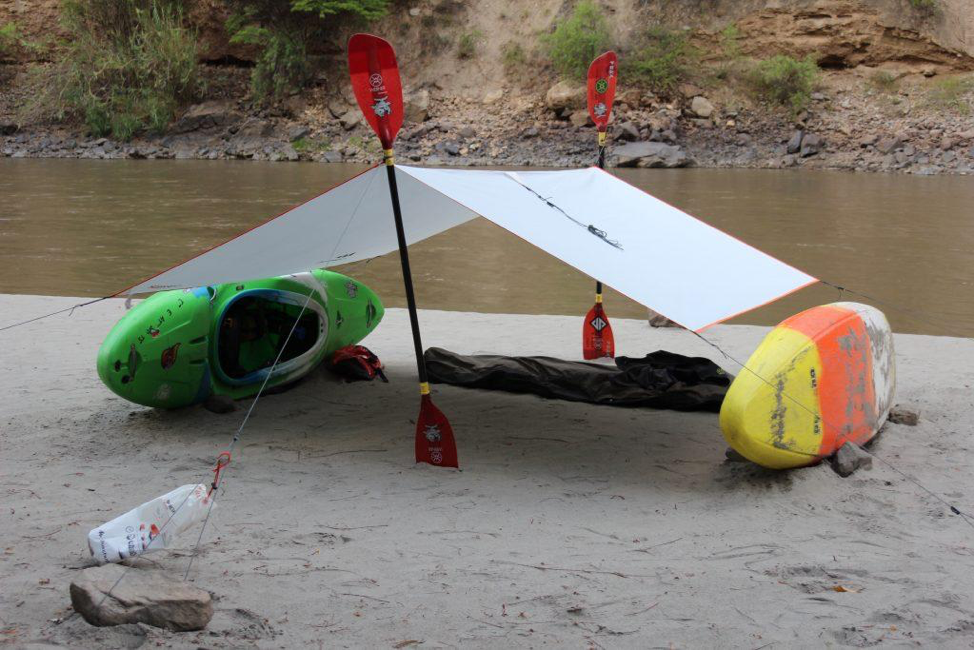Your kayak can take you places most people will never see. Going into unknown and less traveled locations and completing a trip you researched, planned and executed carries a great sense of accomplishment. It also gives you a deeper understanding of the unique waters and cultures you’re headed to enjoy, so follow our checklist and make your kayak expedition planning a breeze.
Every whitewater kayak expedition is different
There can be drawbacks to these endeavors, especially the exploratory type missions. Kayak expeditions can, and often do, require more suffering than enjoyment when water levels don’t work out, or the access trail you’re planning to use doesn’t exist. Know your group’s willingness to adapt, and plan your trip accordingly. If you are going somewhere remote, you might not want to push your limits as much as usual.
Here are the fundamentals to help budding explorers go out and plan their own adventure.

Kayak expedition planning checklist
1. Do your expedition research
Hunt out guidebooks and search online for blogs, photos or videos. Don’t limit yourself to kayak specific searches; climbers, canyoneers, and hikers often travel to similar locations as kayakers. There is so much information out there and chances are your area has been explored and documented in some way. Google Earth can also be an amazing tool for scoping out the landscape you’re planning to visit on your kayak expedition.
Maybe you know someone who has already been where you want to go? Buy them a beer or give them a lift to a river and pick their brains.
You’ll want to know where exactly you want to go, what to expect of the rivers, when the rivers will be in good condition and have a rough idea of logistics. In some places like Nepal, you may need permits/permission to access certain areas.
Make an of estimate of how much this will all cost.

2. Find a good group
A group can make or break a trip. When you are going to spend an extended period of time in each other’s company, it’s important you get along well and trust one another.
Ideally, everyone will bring something different to the kayak expedition team. That might be leadership on the river, cooking skills, even a sense of humor can be an asset.
The group should ideally all be around the same ability level too, so you can all take care of each other.
The ideal team for a multi-day trip has:
- Someone who has already paddled the river to lead the trip
- Experienced kayak expedition members
- Someone with emergency first aid training
- Super keen and fit people willing to push the group to paddle/portage faster
- Access to lots of camping/cooking/safety equipment
- A good rapport between each and every group member

3. Consider going with a guide
A few years ago, hiring a guide service would be something I would have never considered. Why pay more to do something I could do myself?
As I moved away from student life and got myself a real job, I found I had less free time and more money. I wanted to make the most of my free time, and a guide made this possible. You can spend less time gaffing and more time doing the fun stuff! It’s certainly something to consider if your time is valuable to you.
Even if you are managing the trip yourself, you may need to work with a travel agent to book private travel or organize permits. Your research will shed some light on this.
4. Get the right skills
When planning a kayak expedition you should first ask, does everyone in the group have paddling and safety skills suitable for the grades of water you will be undertaking? If you are going to be wild camping you will need to know how to build a fire, set up your shelter, and how to load all your gear into the kayak. Packing a kayak with overnight gear is a skill in of itself, one that grows with practice.

5. Pack the right equipment
You will need all your standard safety gear and first aid items, but you may also want to add some items to your collection, like a set of split paddles in the group.
Anything you don’t know how to use, make sure you take the time to learn. There are no user manuals or 4G signals in remote areas.
Ask yourself:
- Do you need any special medication for the area you are going to?
- Will you need climbing equipment for access issues?
- Will you need cooking equipment?
- Will you need camping equipment?
- Will you need to carry water purification tablets or a filter?
- Will you need spare clothing?
- How will you keep everything dry?
- Will you need a satellite phone or GPS beacon for emergencies?
For longer trips where you need to carry a lot of stuff in your boat, you might end up overloading your regular kayak. I switched from a 9R to a 9R L for a multi-day in Nepal, and it was a brilliant decision, the extra weight from my multiday equipment made the bigger 9R paddle a lot like a regular 9R for me. On another trip, I picked a Machno for its extra volume and carrying capacity.
When not traveling the world kayaking, Mark Mulrain calls Edinburgh, U.K. his home. He is a Pyranha team paddler and manages Immersion Research’s European division.



